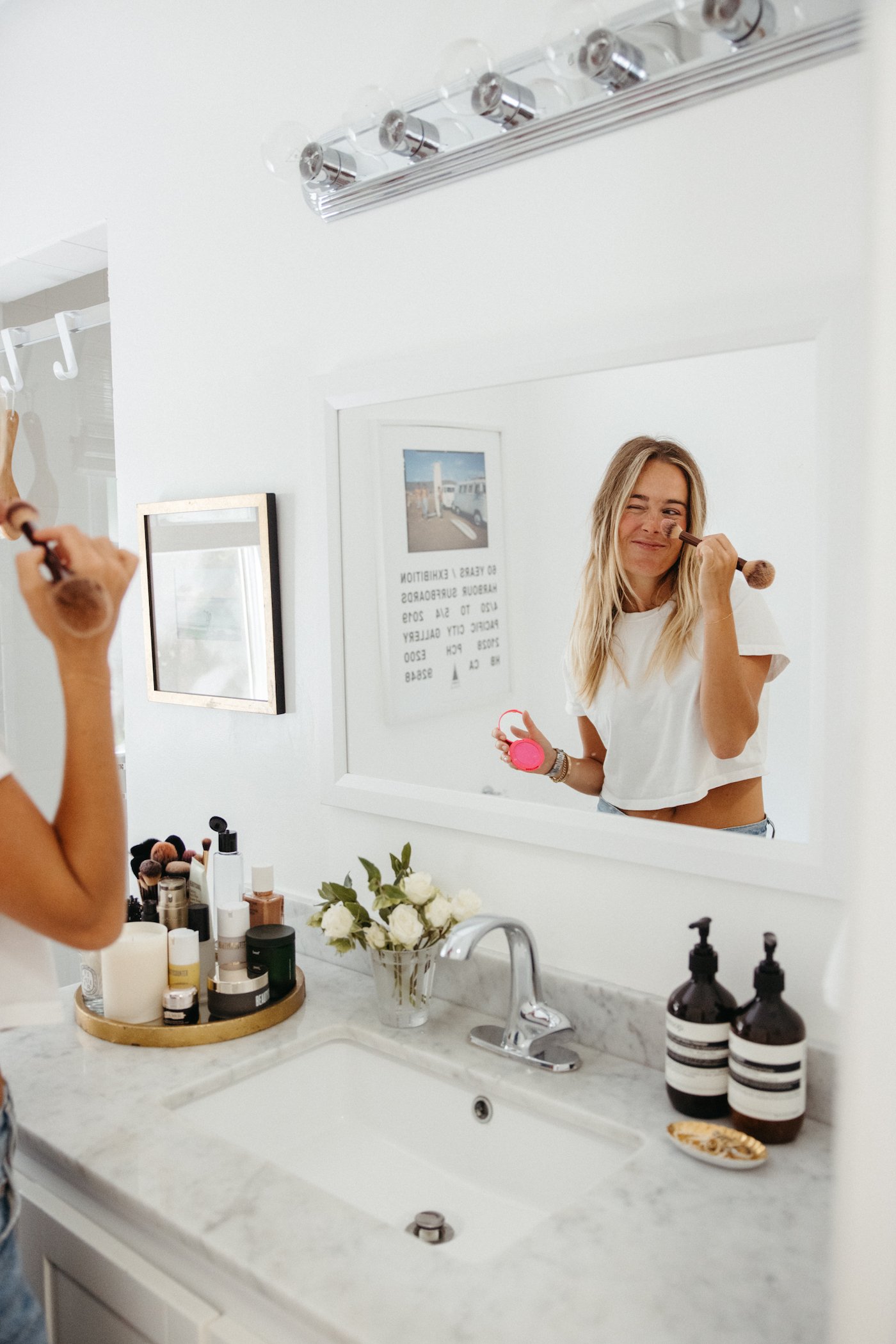My Exact 7-Step Framework for Brand SEO (With Templates)
However, that changed when Google and OpenAI turned most of these queries into zero-click searches. For the remaining queries, search platforms directly reward authoritative and popular brands, so branding can no longer be ignored for SEO. Here’s your brand...
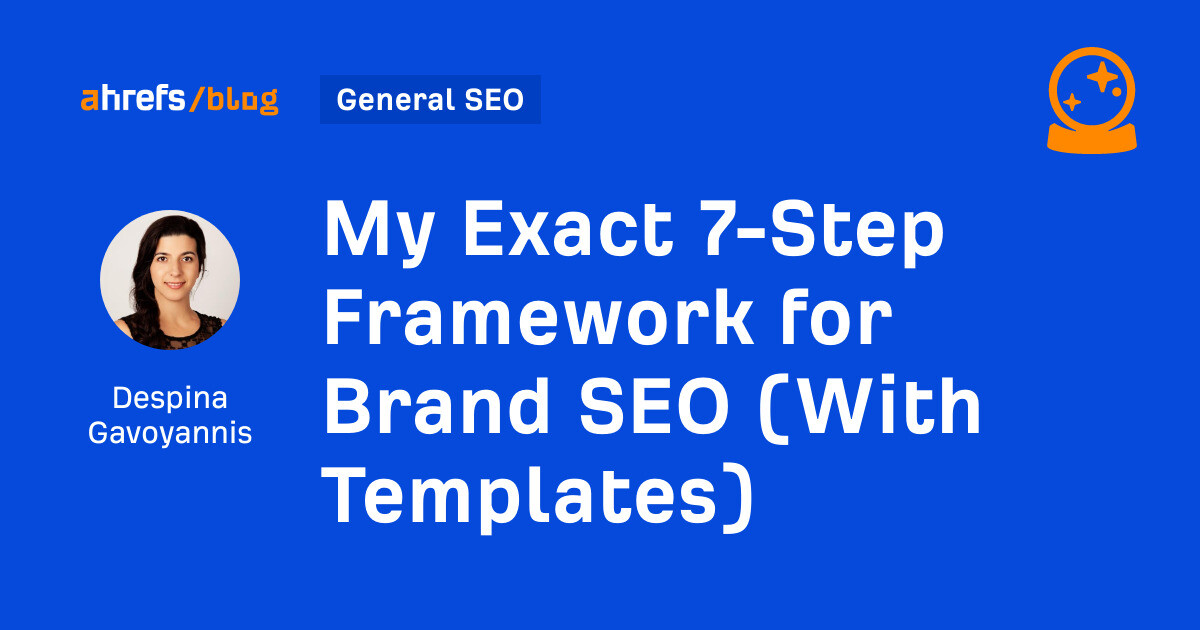
Branding wasn’t something SEOs traditionally thought much about. The real wins were in non-branded keywords, where the traffic and conversions lived. However, that changed when Google and OpenAI turned most of these queries into zero-click searches. For the remaining queries, search platforms directly reward authoritative and popular brands, so branding can no longer be ignored for SEO. Here’s your brand SEO playbook for getting seen, trusted, and chosen in the future of AI-powered search. Brand SEO is about clarifying and amplifying your brand’s voice everywhere people search. It starts with a solid brand foundation. Without that, you’ll struggle to improve visibility in AI-powered search systems. If branding is new to you, think of it as the process of creating a distinct identity in the minds of consumers. It differentiates your business from competitors and builds a lasting impression through your name, messaging, visuals, and reputation. So when you do brand SEO, it’s about creating consistency and ensuring accuracy in how your brand presents itself everywhere people search (Google, ChatGPT, Reddit, and beyond). You’ll be able to define and control some aspects of your brand. For example, here’s Ahrefs’ media kit, where we make it easy for others to reference our brand the same way we do. But you are not in control of the impression your brand makes in consumers’ minds (and how AI summarizes those impressions). As AI is integrated into search, brand signals are becoming a part of Google’s ranking algorithm. For instance, Mark Williams-Cook discovered that Google uses a site quality score to classify websites, and those that fall under a certain benchmark (0.4 on a 0-1 scale) do not qualify for visibility in rich snippets. This score is calculated based on: Not to mention that branded signals correlate with visibility in Google’s AI Overviews: Brands are also being vectorized as entities in LLMs and semantic search engines’ embedding models. This means that machines treat your brand as a distinct organization. Then, they map other topics related to your brand to understand what you’re all about so they can summarize this information directly in search results. When visualized, it looks like this: Notice how the brand Lucasfilm is connected to its sub-brand Star Wars, which is connected to characters, actors, genres, and more? The same network of connections is built around your brand, too. This is the foundation of how AI systems understand your brand and how to summarize it best. So brand SEO is crucial for ensuring your brand: Brand SEO is not just about rankings (which only care about if you show up). It’s about how you show up to ensure favorable and accurate mentions in AI-generated responses. Here’s the exact 7-step brand SEO framework I use. Start by defining your brand and any key topics or things you want to connect it to. I use the “5 W’s and How” framework to get the ball rolling: There are two aspects here: who you help and who you hire. For your audience (who you help), tailor your branding to speak their language and give them the “what’s in it for me” factor upfront. For example, Obsidian is a knowledge management app. But its tagline is 100% focused on the benefit it delivers to users, and it shows up where people search: Also, show the team behind the brand (i.e., who you hire) and create profile pages for each of them, showcasing their industry experience and expertise. What does the business do? What topics or product categories does it want to be known for? Create dedicated landing pages for the brand’s flagship products or services. For example, instead of having a single page with all your services, split these up into separate landing pages and add the main ones in your navigation. You could also have separate pages for unique features and attributes that matter to your audience, showcasing the things that make your brand, products or services different. For example, here’s a turf company promoting the unique qualities of its grass varieties: It helps with SEO and search ads since you can direct visitors to the exact service or feature they’re interested in. Is time a potential factor influencing your brand? If so, include this in your brand messaging, such as “24/7 support” or “up-to-the-minute” updates. Depending on your product or service, you could also create dedicated landing pages about this USP with details like: Think of physical locations (like cities and suburbs), virtual (like the metaverse), or conceptual (like fictional worlds) that are relevant to your brand. Create location landing pages if appropriate. Are the reasons why you started the brand or why you do things in a particular way important to your audience? Connect these to your unique selling proposition as part of your key messaging. For example, purpose-driven brands can inspire loyalty among their audiences, take Who Gives a Crap as an example: Their branding is very loud when it comes to why they do what they do. On the surface, they just sell toilet paper. However, they’ve had huge success on the sales and promotion side because of their “why”, earning thousands of links and mentions in premium publications: For most brands, who they serve, what they do, or why they do it is often enough to unify their brand vision. But there are rare occurrences where it all comes down to how they do things. For example, a facilities management company I worked with struggled to define its brand. Its services spanned multiple categories (security, cleaning, labor hire, and investigations), and its audience ranged from small pubs to international government bodies. This made both the “what” and “who” too broad to unify, a rare situation. Surprisingly, the answer came from the “how.” By articulating its unique process, it was able to clearly define what tied together its diverse services. For the first time, the brand’s messaging was in alignment with how they operated offline. The “5Ws and How” is a simple yet powerful method for defining your brand’s identity and planning how to represent it online, especially if you want people and LLMs to talk about it correctly. You’re welcome to make a copy of my “Brand Identity for SEO” template to get started. Next, audit the current website, business profiles, social profiles, and the brand’s other owned media. Look for inconsistencies in brand messaging or core details (like the brand’s name, address, or phone number) that do not align with its current information or style guide. Start making a list in your project management tool, as you’ll need to clean these inconsistencies up, pronto. Otherwise, they’ll become a significant source of misinformation distributed through LLM responses. Next, check out Ahrefs’ Brand Radar to assess your earned visibility. Look for: To find these potential brand-related visibility issues, start in the “Search demand” tab to get a benchmark of your branded searches: In the “Web visibility” tab, you can find mentions of your brand around the web. I like to filter out mentions on the brand’s own website here: It’s also worth checking the other tabs to see the brand’s mentions on different platforms and in AI responses. You can also look at your analytics or Google Search Console dashboards and filter for branded traffic or impressions. These are great indicators of your current level of brand awareness. If your brand is fairly new and you want to confirm if it’s seen as a distinct entity by Google, try searching Carl Hendy’s Knowledge Graph API Search Tool. You’ll also be able to see if your brand is getting confused with other things, or if it’s been misclassified: The idea is to get a robust picture of how machines have classified and interpreted your brand. And if you notice any gaps here or incorrect information, add them to your project management tool. You’ll need to correct those to ensure accurate information in search responses, especially in AI features. How you go about correcting them depends on the source of the inaccurate information: Your mileage may vary, but it never hurts to try. Here’s an example of Common Room, a brand that undertook such a task recently and what worked for them: Next, look into untapped opportunities to gain relevant visibility from your audience. With organic traffic going down across the board, clever brands are taking a more holistic view of SEO as “search everywhere optimization”. I start with Ahrefs’ Keywords Explorer. For example, the topic of “ergonomic chairs” has over 1,400 queries being searched in the US per month, 25,000 times. This gives me a great overview of what topics I can align the brand to, especially when filtering for commercial or transactional intent. Queries with these intents lead to higher click-through rates from AI-powered search engines compared to informational queries. However, for brand SEO, I take it a step further by looking at keyword modifiers, features, and attributes mentioned in keywords that can be used in USPs and brand messaging. For example, for a local aged care home, there were many keywords relating to quality and price: So, we adapted the brand’s messaging around the USP of “value for money”, making them a top recommended choice in AI responses as a result: I also go further and assess what platforms are a part of the audience’s search journey to ensure holistic brand visibility everywhere searchers are likely to look. SparkToro is a great tool for seeing the most popular platforms for a topic. For example, for “ergonomic chair”, Twitch, Github, and Discord are used above average, indicating a strong audience demographic among coders and gamers: Discussions are happening on these platforms that relevant brands can contribute to. For instance, here’s a thread discussing recommendations for ergonomic chairs on GitHub: To find the conversations you can join, try using the Web Visibility report in Brand Radar. Filter the data to the platform you care about (like Reddit, in the image below) and then search for mentions of the topic on that platform: Try out different things here: The idea is to protect your existing visibility and amplify it everywhere your audience searches for your brand, products, or services. Remember to keep adding interesting insights and action items as tasks in your project management tool as you go. At this stage, you can also do a brand gap analysis. This is different from a content or link gap analysis. It’s about finding gaps in your brand positioning, messaging, market perception, and visibility compared to competitors while protecting your branded search results. For example, if you want to be known as the #1 brand for a specific topic or product category, you can see how you compare against competitors. This doesn’t come down to how much content you’ve created about a topic, but rather how closely the market thinks your brand is connected to it. I use Ahrefs’ Brand Radar for this by adding the brand I’m working on alongside its competitors: In this example, Toyota is most closely connected to the SUV product category, and (unsurprisingly), Ferrari is the least connected to it. You can also see the exact terms and responses to get an idea of what topics, features, and attributes each brand is connected to: For instance, Tesla is lagging behind more established car brands when it comes to it’s connection to the main category of SUV’s, but it’s leading the way for electric SUV’s, it’s specialty. These AI responses are a great data source for analyzing your positioning against competitors and seeing how LLMs view your brand compared to theirs. Make sure you also review your branded search results to ensure competitors aren’t hijacking them. For example, Honda is mentioned 482 times in keywords that are specifically about Toyota. If someone searches for your brand and sees a competitor or affiliate outrank you, that’s a clear sign you’ve left the door open, and they’ve stepped in to claim your visibility. Keep an eye on who appears in your branded SERPs. Figure out why they’re there, and how to win that space back. For example, one client of mine, a medico-legal expert, was being outranked by a competitor for her own name. She only had a single-page site. Despite her unique name, it wasn’t enough. So we focused on reclaiming her results by: Afterwards, her competitor was pushed very far down the page, so she now owns the key areas of the SERPs for her name. Don’t leave the door open for others to control your branded results. So far, you’ve done a lot of strategizing, analyzing, and researching. It’s time to start implementing it all. If you’ve followed the instructions above, you should have some tasks planned out in your project management tool after doing the audit and brand gap analysis. If not, take the time to add specific tasks for you or your team to implement. For instance, common tasks I plan out for brand SEO include: The overall aim is to create a consistent brand footprint online so you’re seen as the go-to brand for your main product or service category. Clean up as many inconsistencies as are within your control. Then amplify the brand’s messaging and topic alignment through its owned and paid media channels. Once you have all your ducks in a row, your brand’s online footprint has been cleaned and inconsistencies removed, it’s time to promote, promote, promote. Core marketing skills like distribution and promotion are becoming critical to SEO for brand awareness. Good SEO plus lazy marketing doesn’t cut it anymore. It comes down to embracing “search everywhere optimization” and getting your brand visible on all the platforms you found in Step 3. These will generally consist of: For example, here are all the platforms I visited when looking for the best laser cutter to buy: You need to understand what the typical search journeys your audience goes through look like so you can show up with the right message on the right platforms. It’s important to optimize the entire search experience, not just individual searches on Google. Every question you answer on Reddit, every review you reply to on TrustPilot, and every post you make on social media become potential touchpoints, exposing your brand to a high-intent audience that’s actively looking for a solution you can offer. Brand-focused link building will also help here. Think of it like doing PR. The goal isn’t to sculpt link juice. It’s about getting your brand mentioned on authoritative and relevant publications your audience read. It focuses on: These days, even without the link, brand mentions are powerful because they are still recognised by AI systems and contribute to your online brand footprint. The stronger your footprint across all relevant platforms, the easier it is to attract profitable, repeat customers, too. Without active promotion and amplification of your brand across these platforms, potential customers are more likely to choose a competitor they have become more familiar with over you instead. The last step is to set up alerts and tracking dashboards to measure brand awareness so you can stay on top of your brand SEO efforts and make future brand SEO audits easier. The easiest way to go about it is to use my colleague, Louise’s, Brand Awareness Dashboard template in Looker Studio: It’s already hooked up to all our main tools via the API and makes it easy to create a live, auto-updating dashboard of the key organic brand metrics you care about, like: If you want to be updated on new links and brand mentions more frequently, you can also set up mention alerts that go straight to your inbox: As AI reshapes how people find and trust information, brand SEO is no longer optional; it’s foundational. The sooner you invest in building a clear, consistent, and credible brand across all search surfaces, the more defensible your visibility becomes. It’s not just about showing up anymore. It’s about showing up with authority, accuracy, and credibility. Start now, and future-proof your brand for the future of AI-powered search. If you have any questions, feel free to reach out on LinkedIn anytime, or check out our growing portfolio of posts about improving your brand’s visibility in search and LLM responses.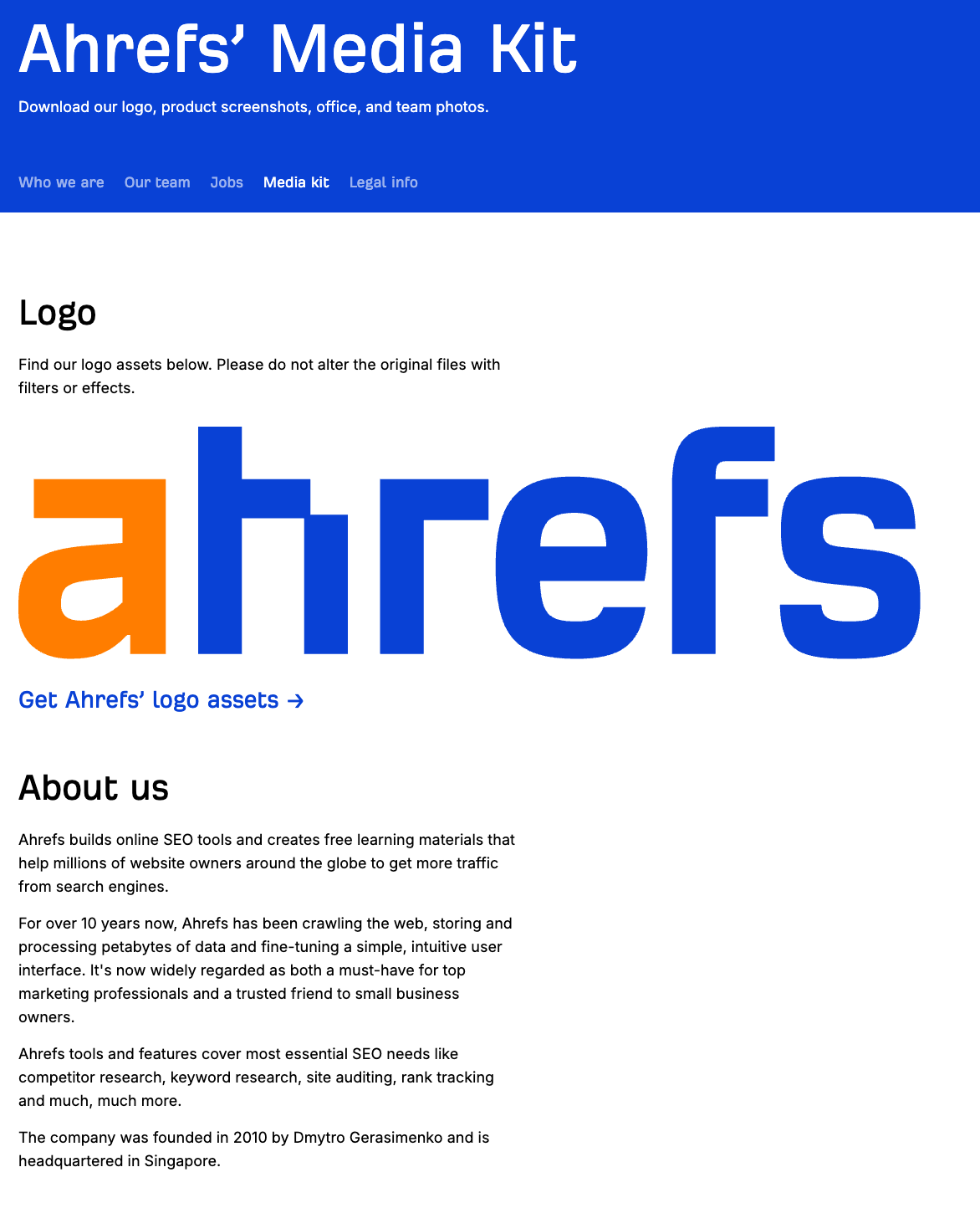
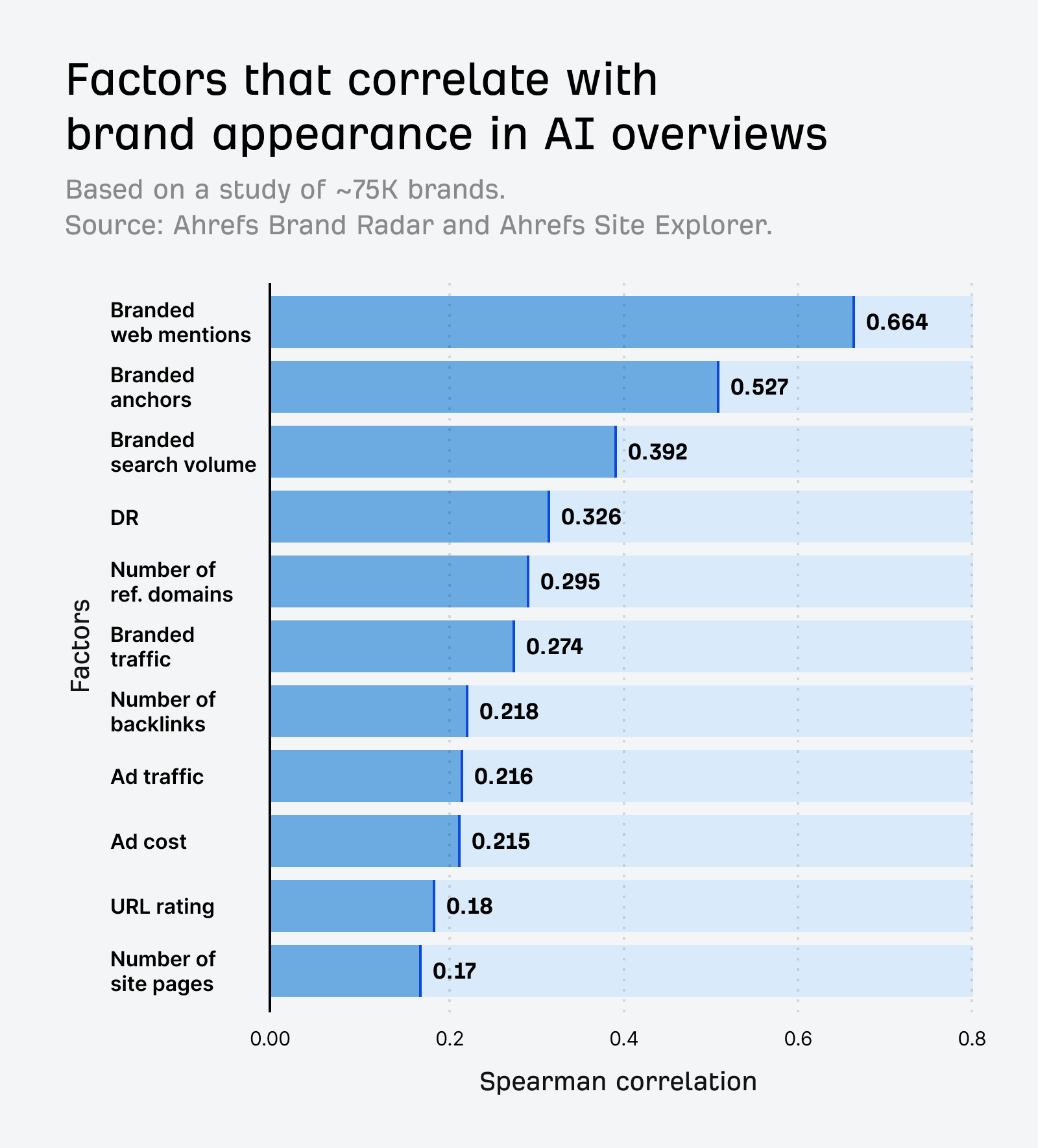
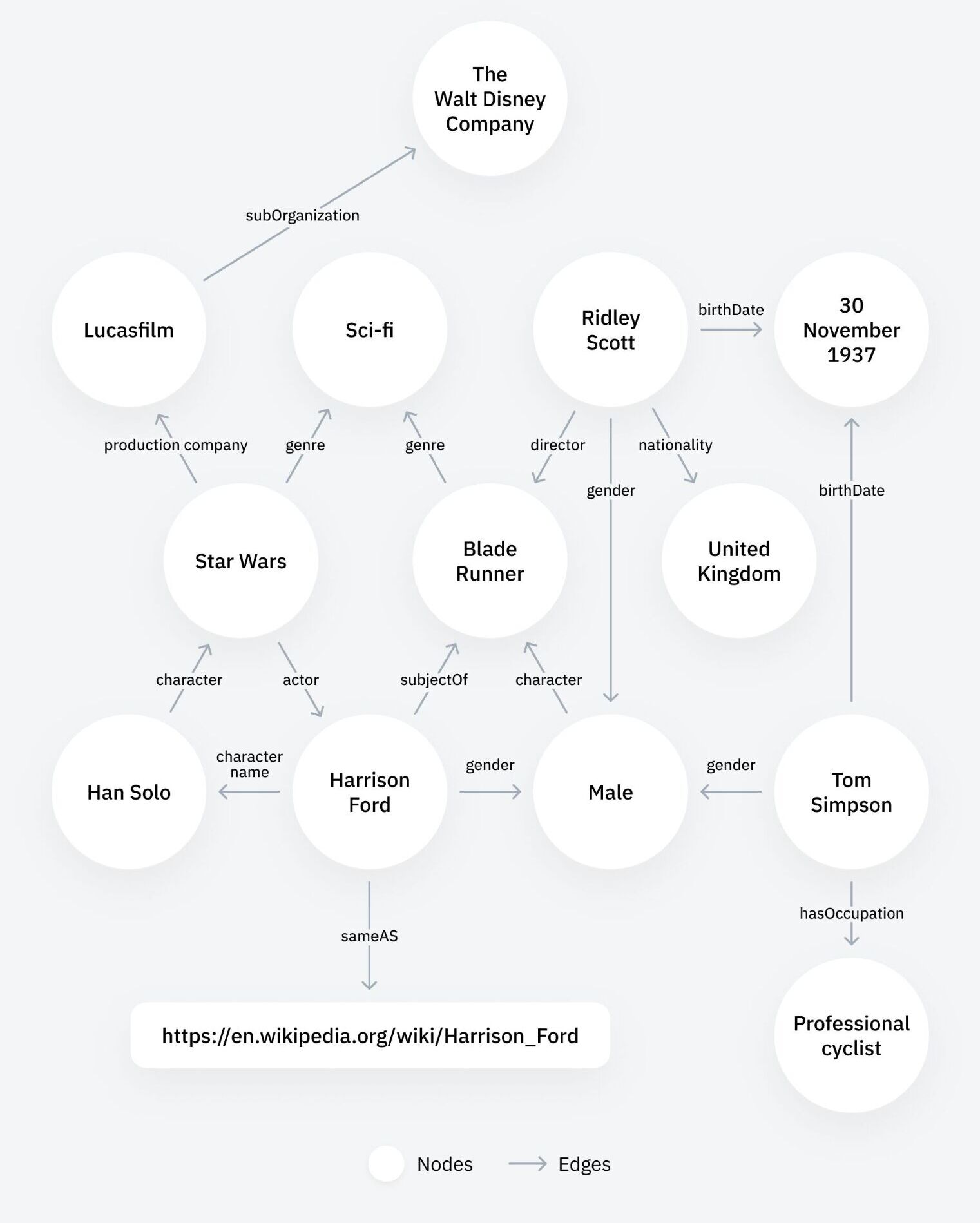
The “who” element


The “what” element
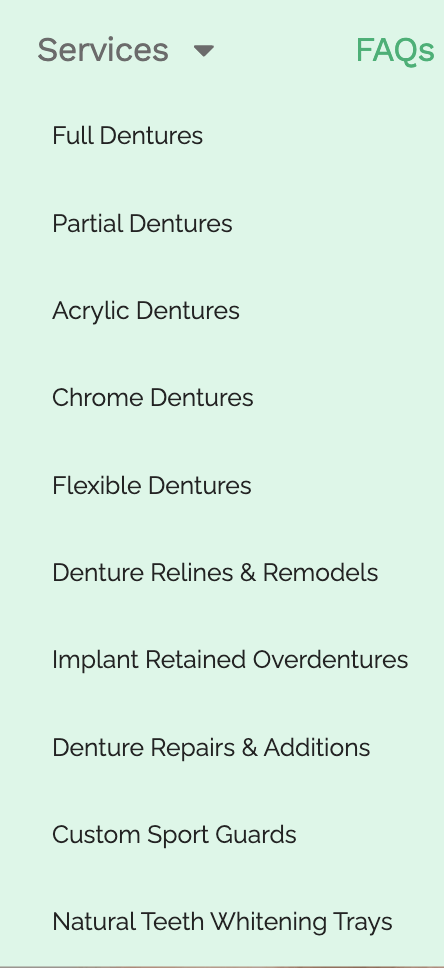
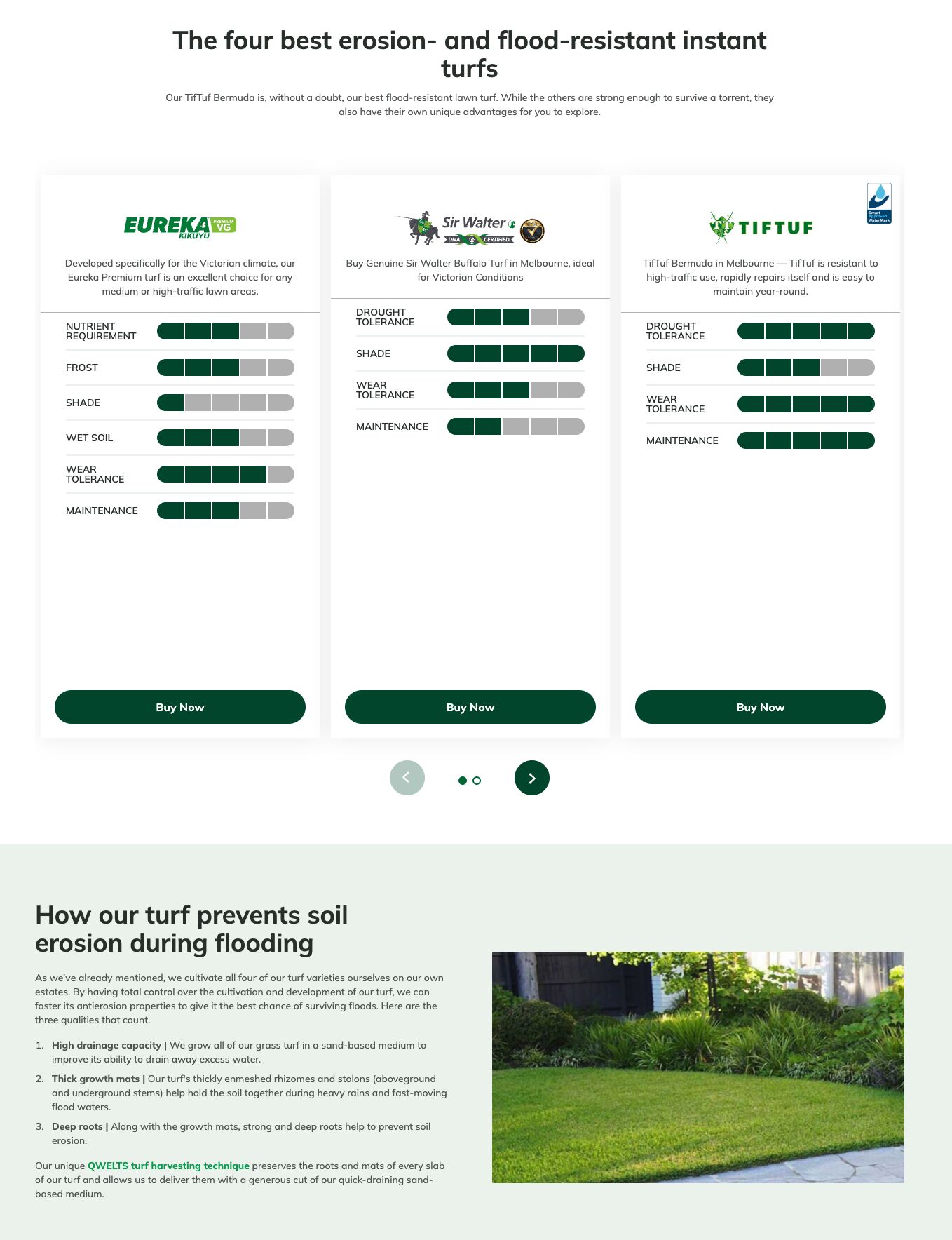
The “when” element
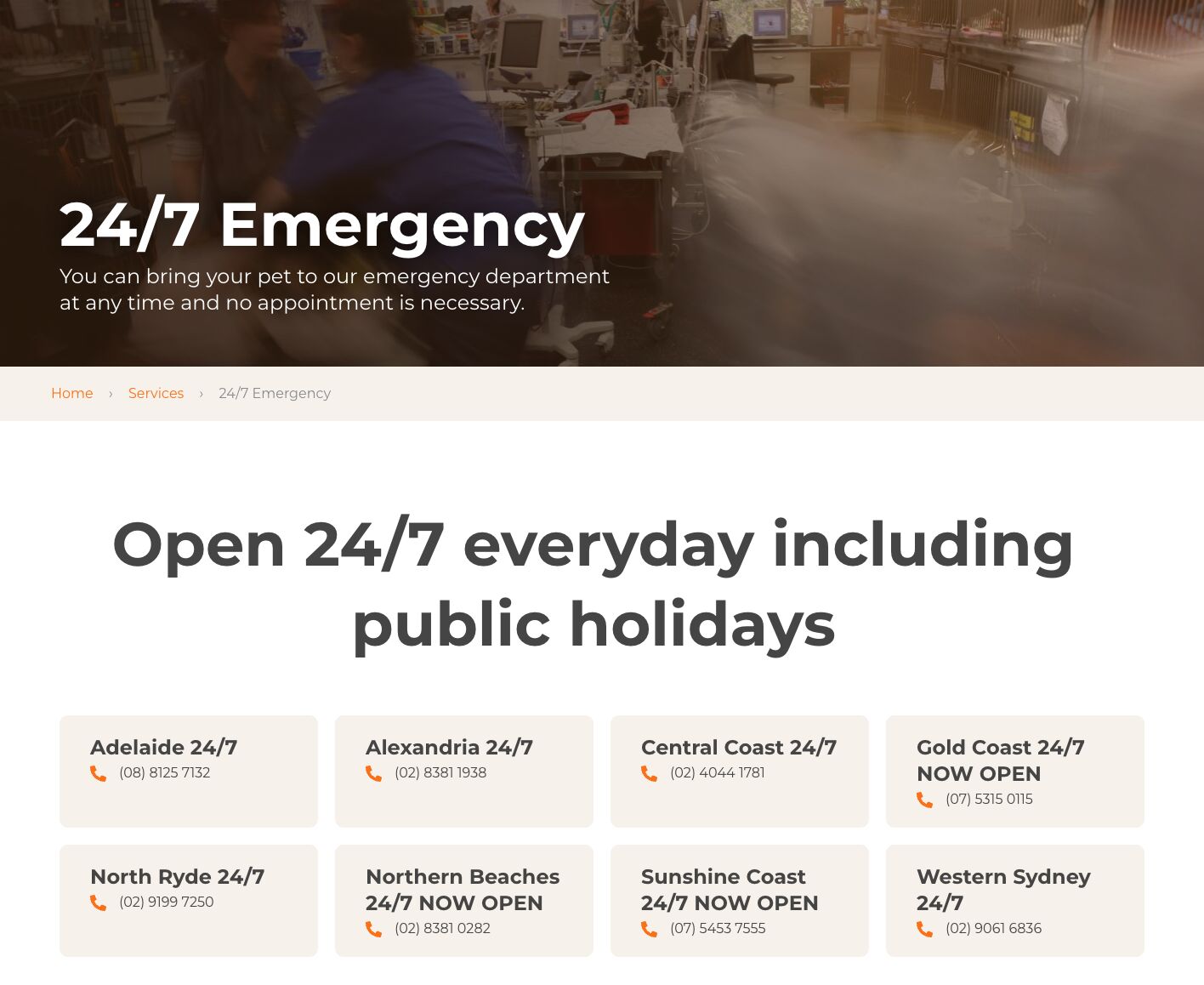
The “where” element
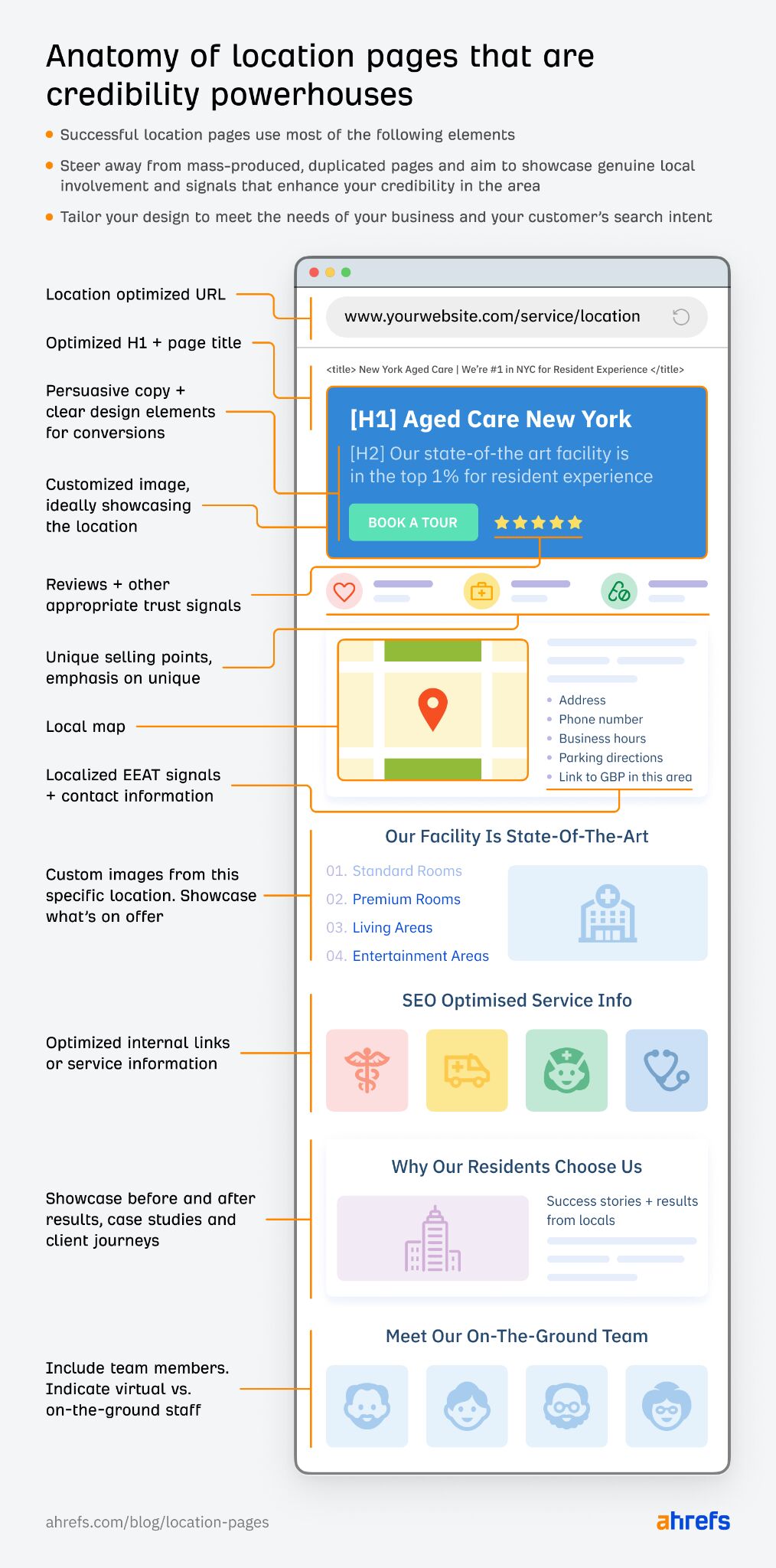
The “why” element


The “how” element
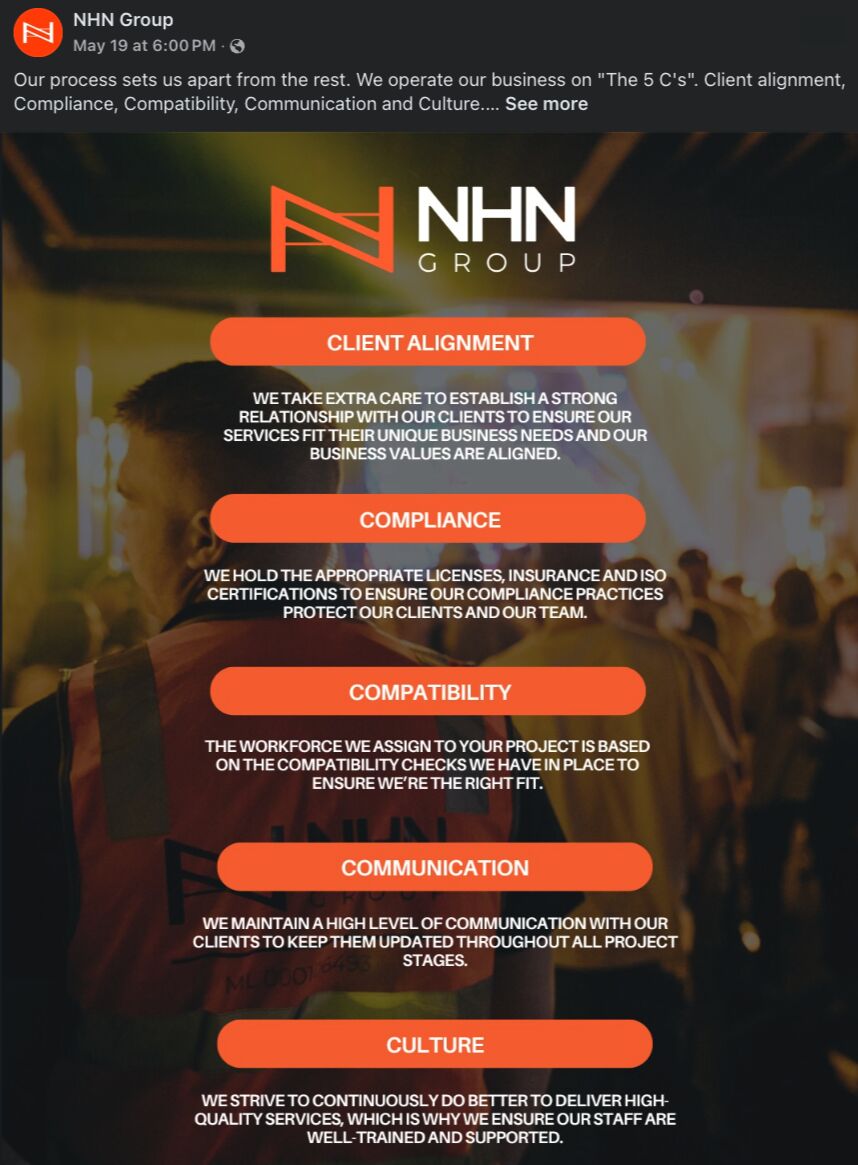
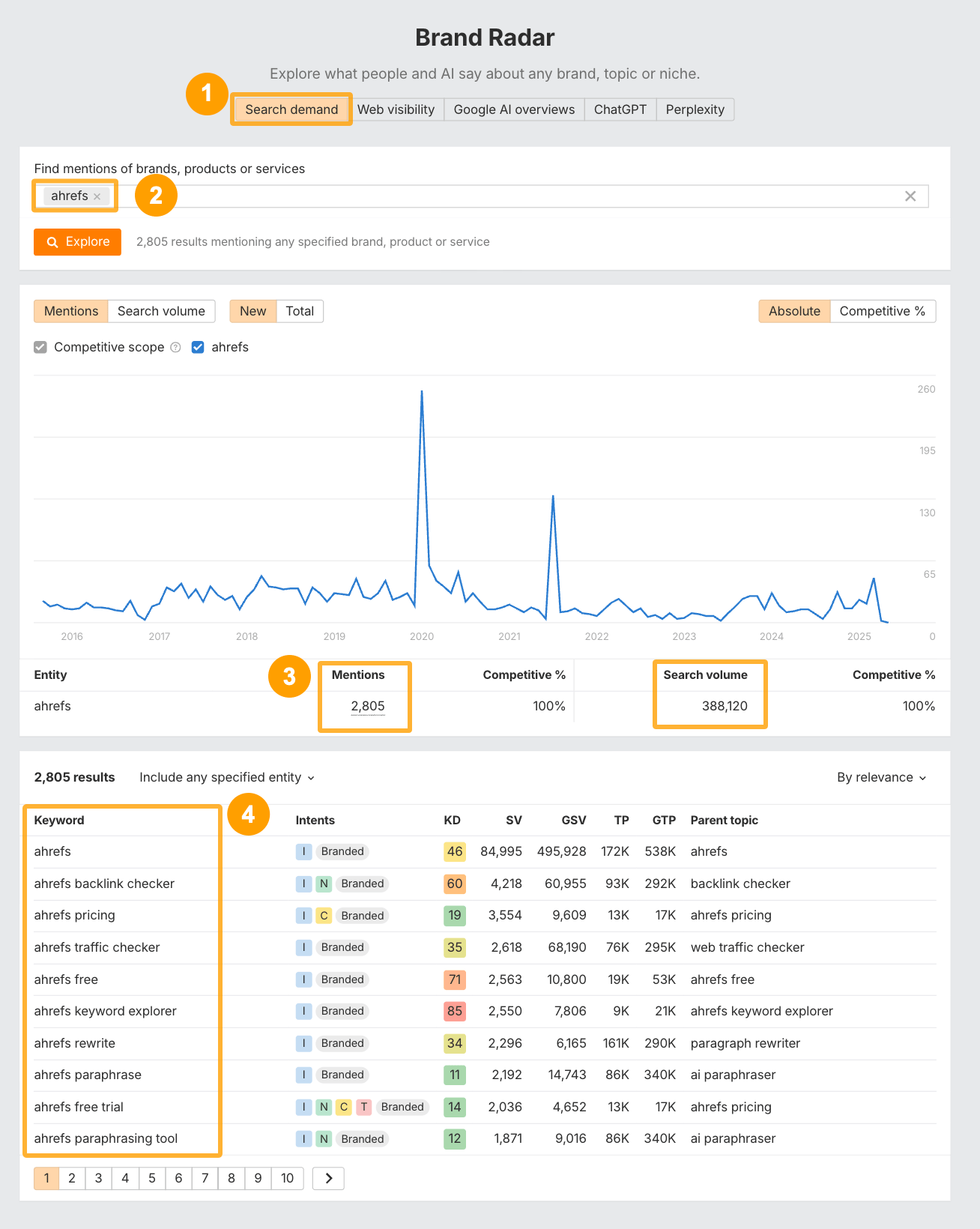

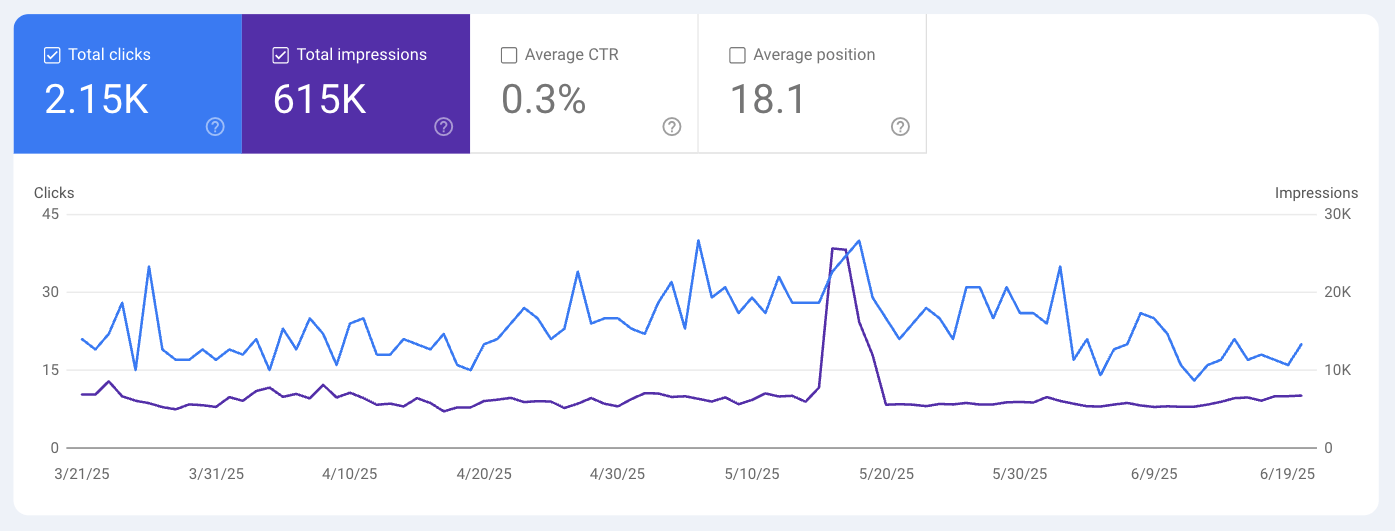


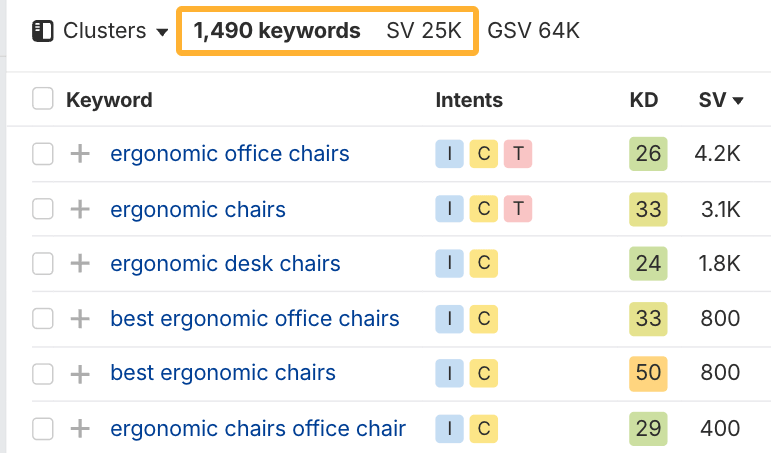

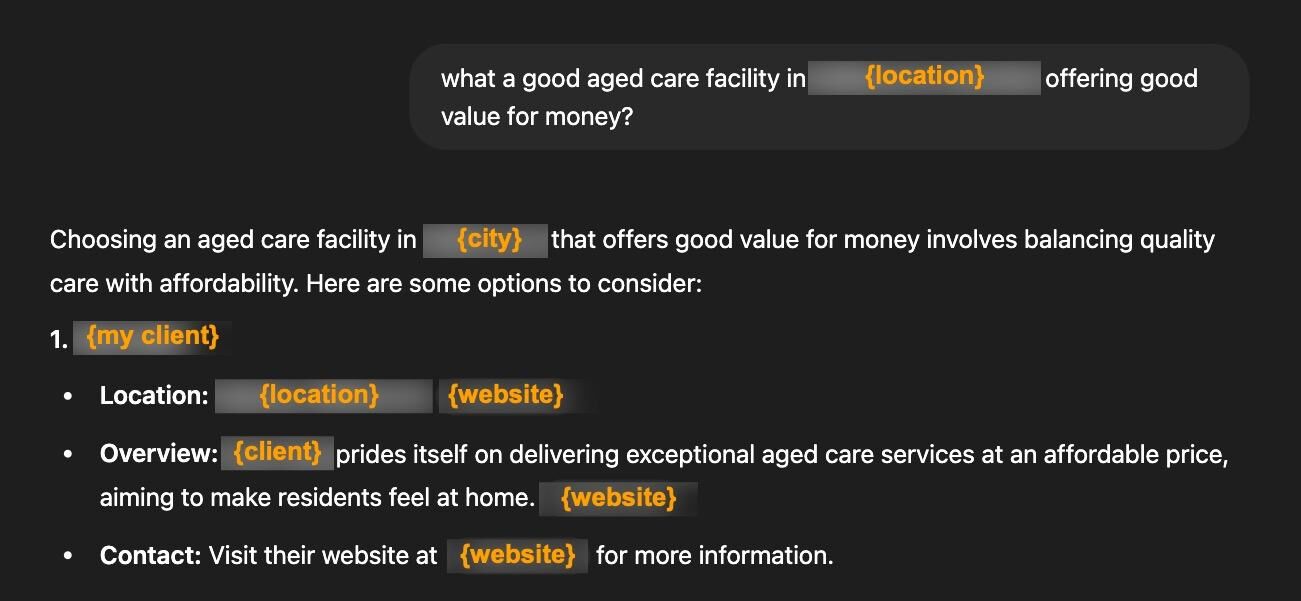




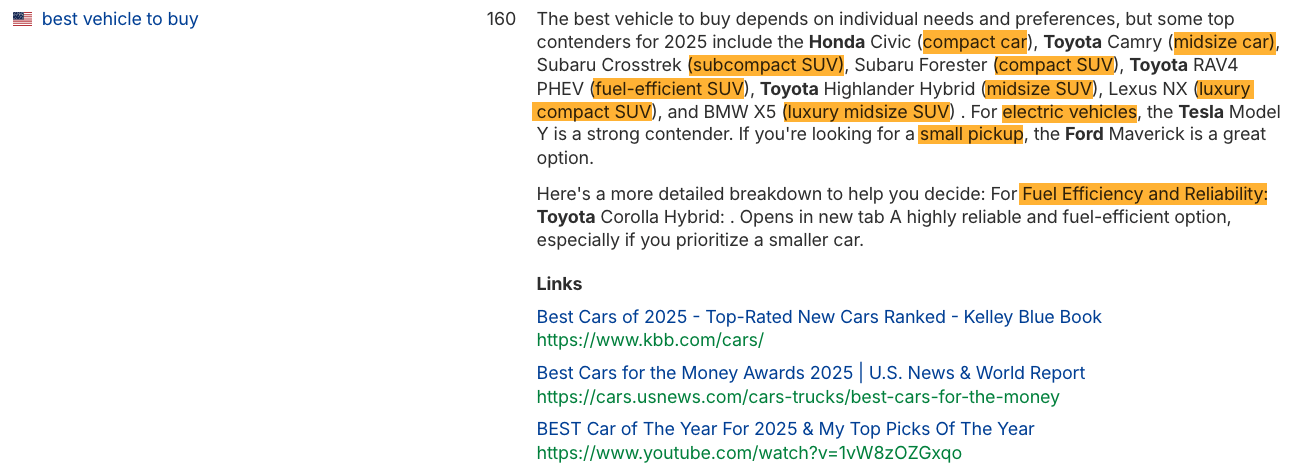
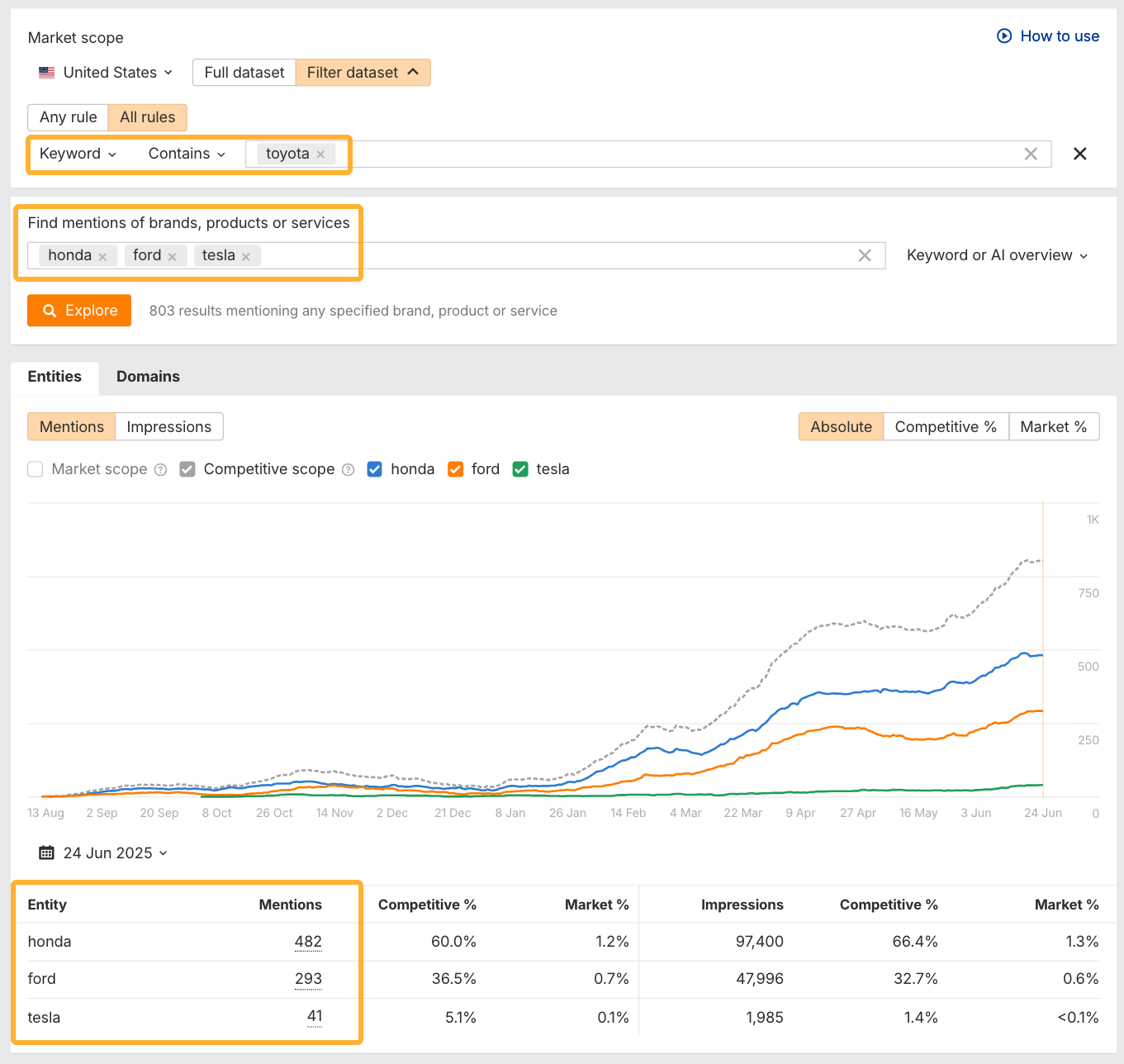
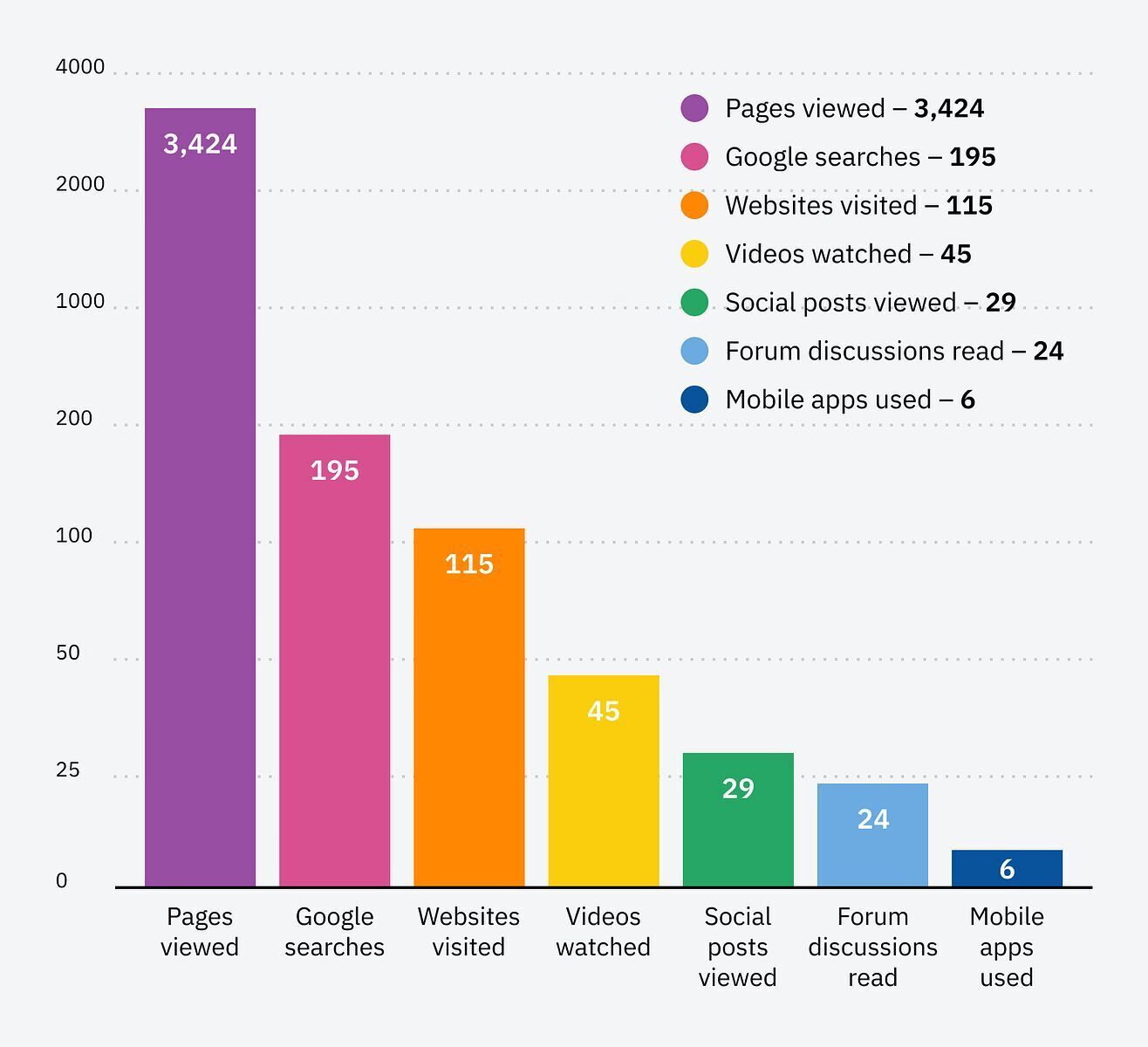

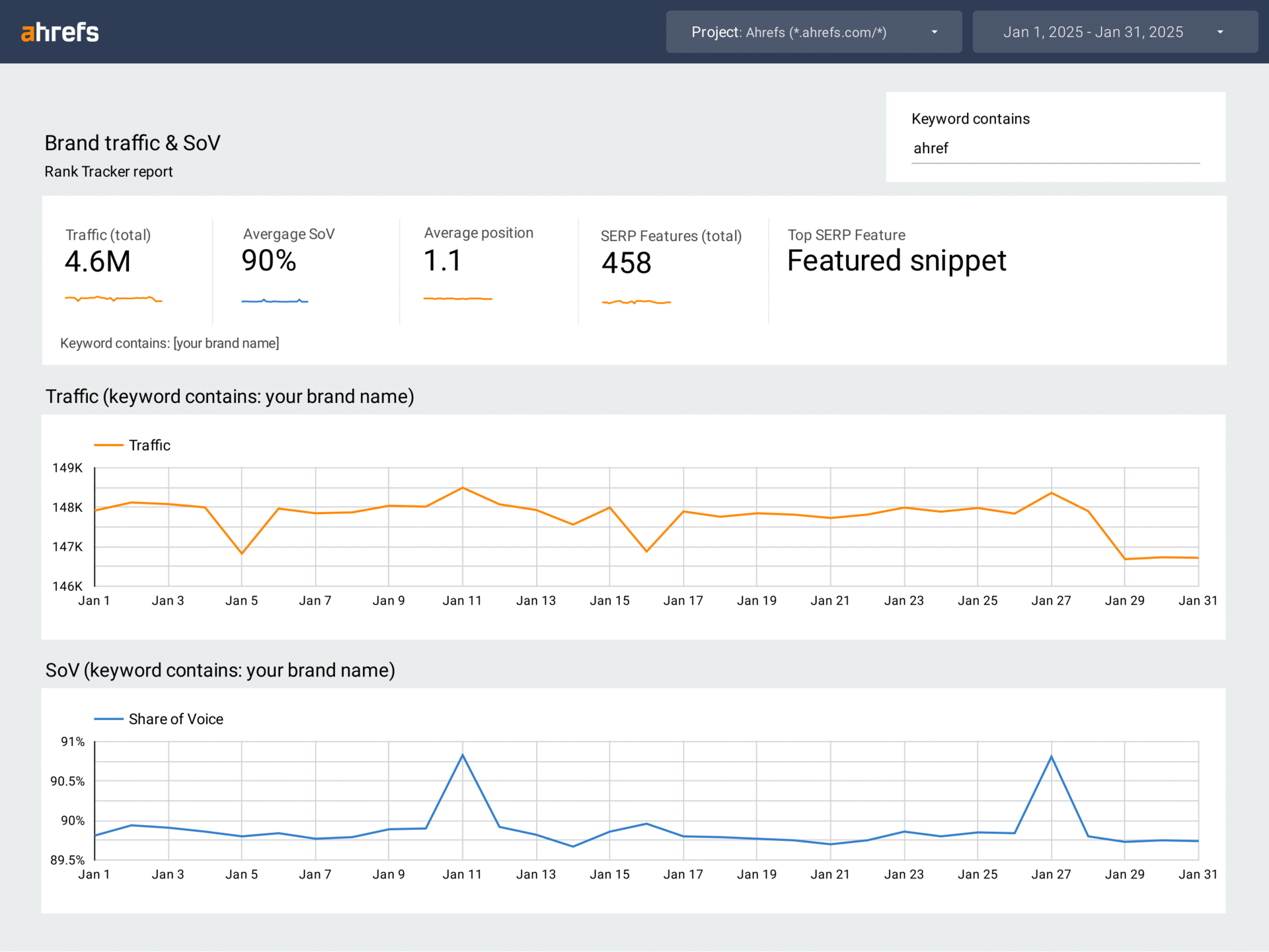
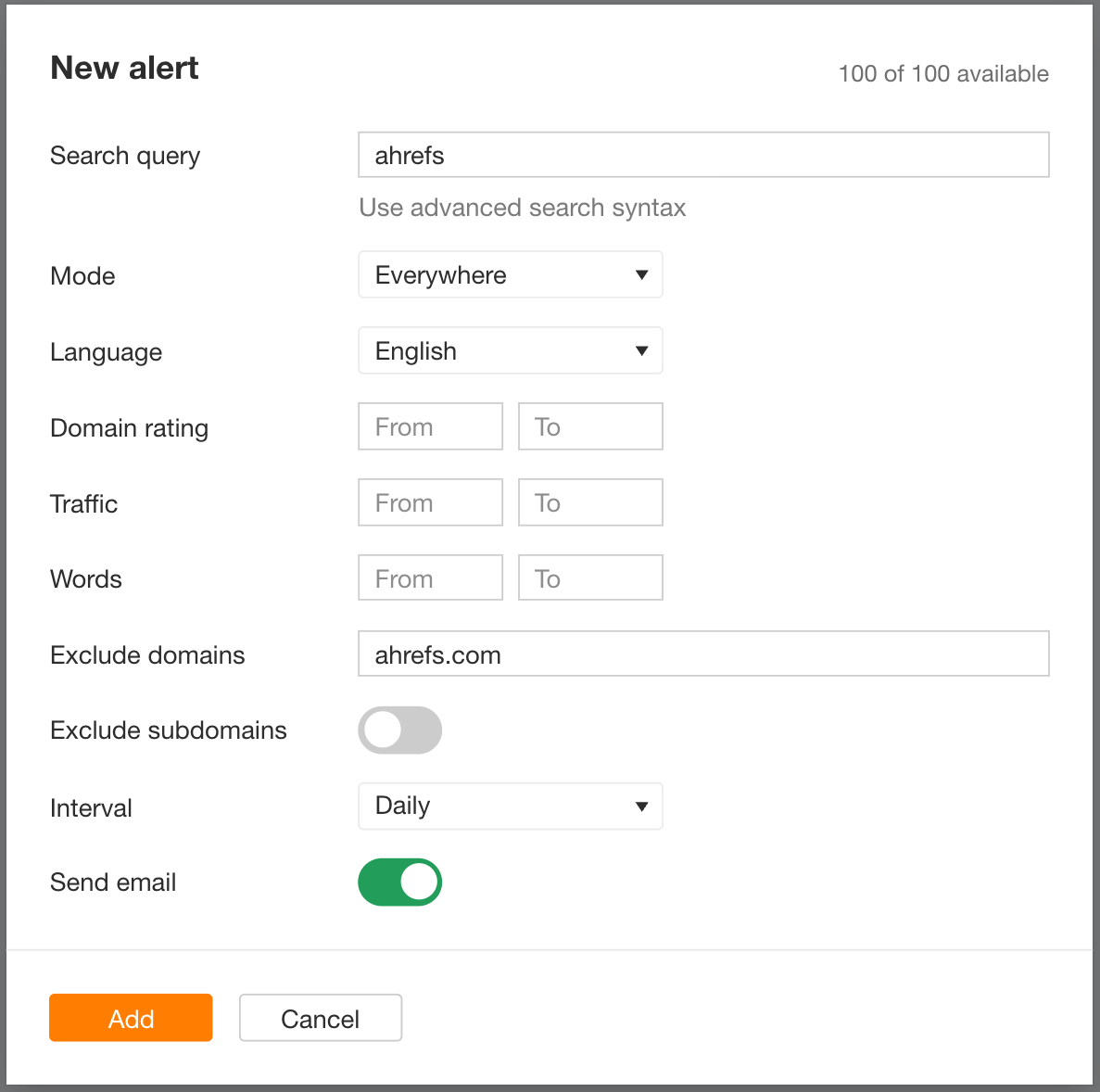
Final thoughts

 Troov
Troov 









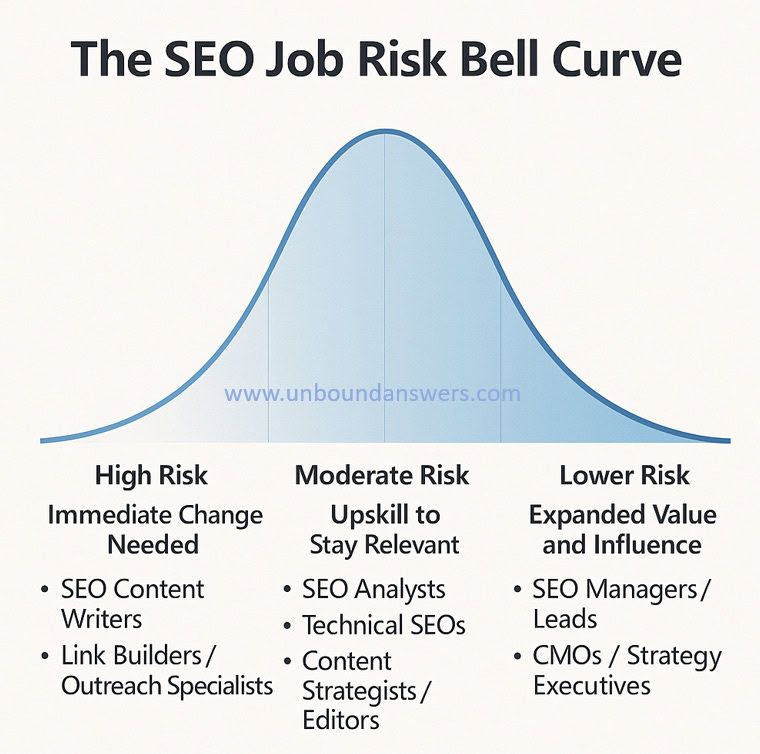

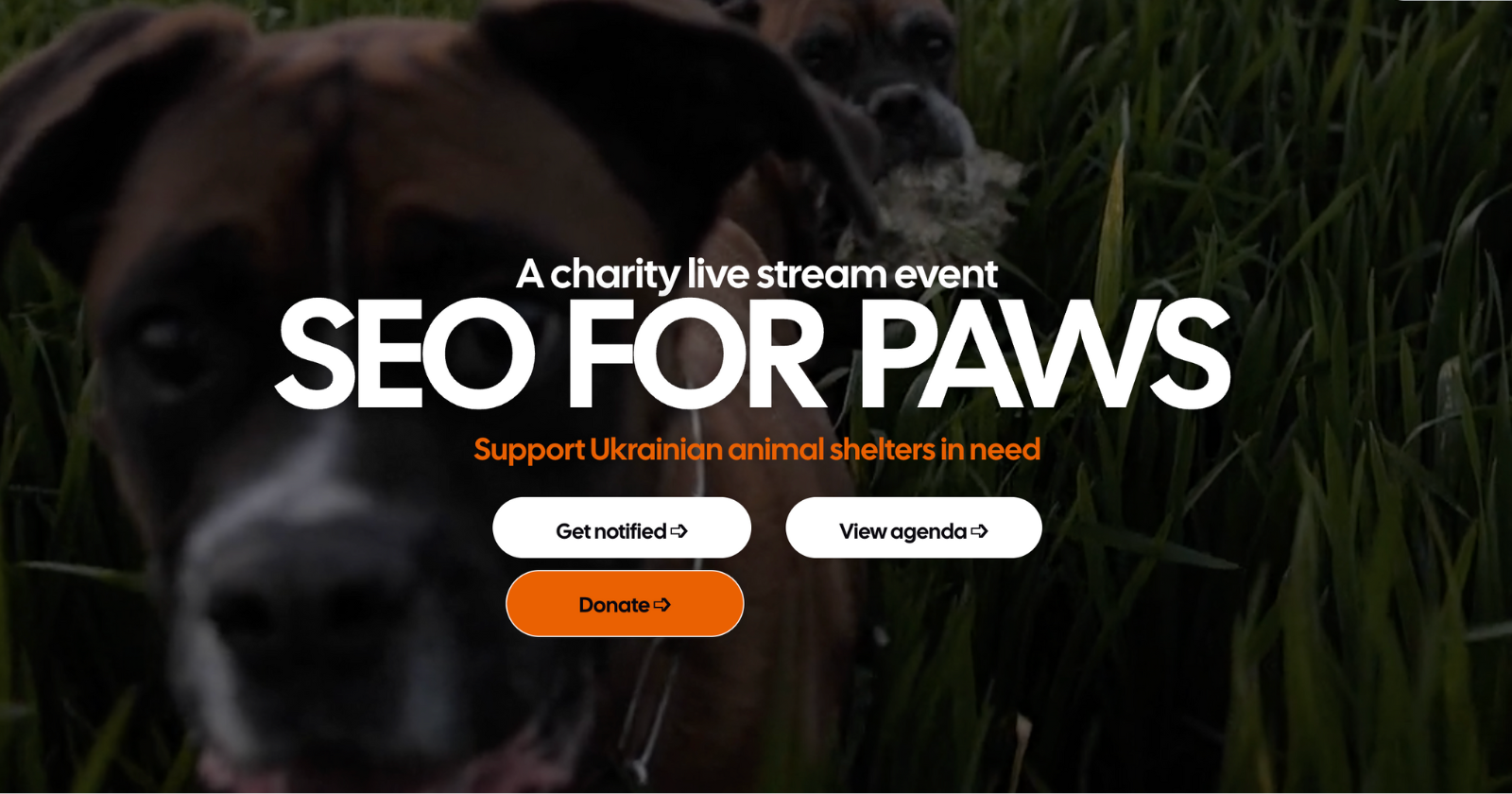
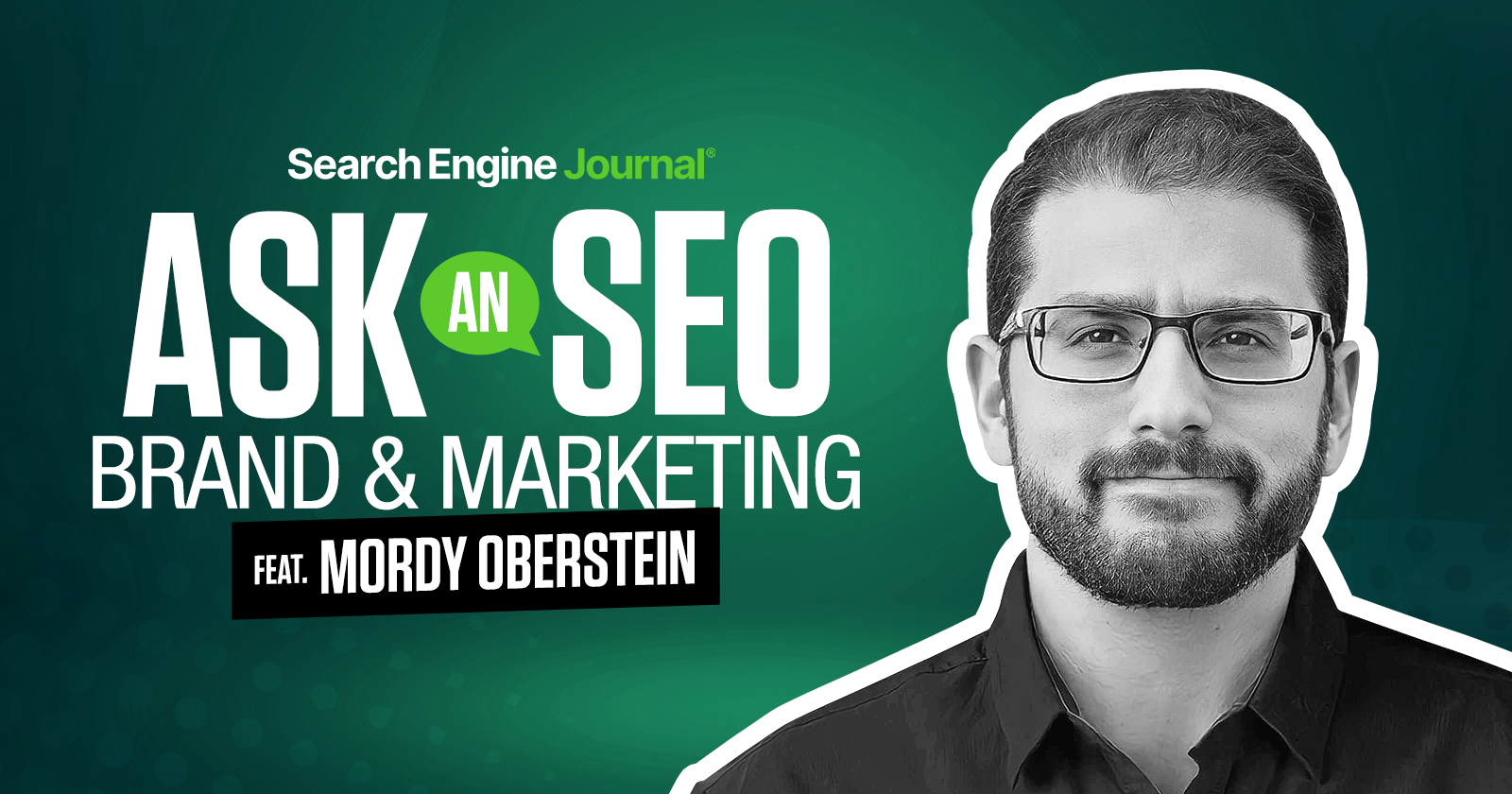






![The 2026 AI Search Benchmark Every SEO Leader Needs [Webinar] via @sejournal, @lorenbaker](https://www.searchenginejournal.com/wp-content/uploads/2025/11/1-259.png)



.jpg&h=630&w=1200&q=100&v=ebcc31501f&c=1)


